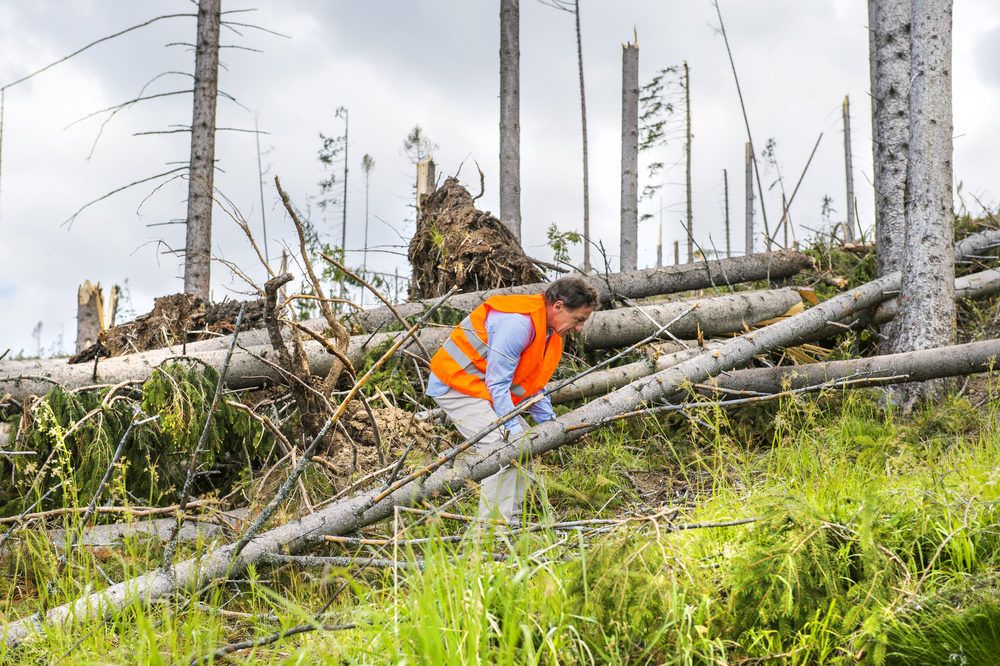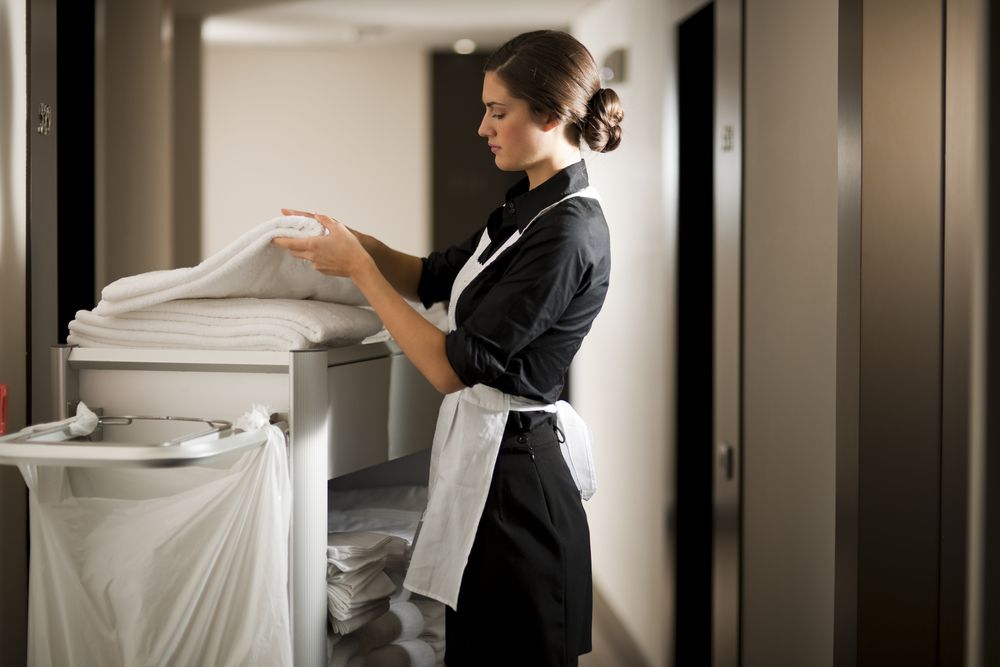Panic Buttons in Hotels Becoming Popular to Protect Hotel Workers from Sexual Harassment
Hospitality workers are subjected to an inordinate amount of sexual harassment and abuse, which is why many hotels are starting to provide panic...
3 min read
 Craig Badrick
:
May 10, 2018 4:41:48 AM
Craig Badrick
:
May 10, 2018 4:41:48 AM
Workers in a wide variety of fields are asking their employers to bolster workplace safety measures, and with good reason.
The workplace can be a hazardous space. Indeed, there’s an entire federal agency dedicated to “assur[ing] safe and healthful working conditions for working men and women” throughout the country. And while extended isolation, frequent interaction with potentially violent animals, and handling of toxic chemicals pose threats to workers in specific fields, there’s one workplace hazard that’s common to almost all lines of work: other people.
According to the Equal Employment Opportunity Commission (EEOC), of the roughly 90,000 formal complaints the agency processed during fiscal year 2015, nearly a third stemmed from allegations of workplace harassment. Considering that around 75% of workplace harassment goes unreported, it’s fair to assume that the actual number of harassment incidents is far higher.
Rooting out employee-to-employee harassment is a huge endeavor (try skimming the EEOC’s massive report on the issue), but dealing with customer-to-employee harassment is often even more challenging. Many companies are struggling to strike the right balance between keeping clientele happy and ensuring on-the-job security for every one of their employees. And while some organizations are taking steps in the right direction, others seem to be content with letting their employees figure things out for themselves.
Historically, hospitality workers like housekeepers, room-service waiters, and minibar attendants have been particularly vulnerable to harassment, and particularly sexual harassment. A survey conducted by Chicago-area union UNITE HERE Local 1 found that 49% of housekeepers have experienced an incident where a male guest either answered his hotel room door naked or exposed himself once the employee entered the room. An even larger fraction (58%) reported being sexually harassed by guests, including (but not limited to) episodes where they were inappropriately touched, cornered, or shown sexual material they did not wish to see.
In recent years, however, the tides have slowly begun to turn. In 2012, New York City passed legislation requiring all unionized hotels to provide housekeepers with panic buttons (compact, portable devices similar to those commonly worn by ailing senior citizens). Chicago, Seattle, and a handful of other cities around the country are following New York’s lead, and a number of hotels are even investing in panic buttons before they are legally required to do so.
Even this fairly modest upgrade to on-the-job security goes a long way toward providing hospitality workers with some much-needed peace of mind. In fact, according to a survey conducted by Puget Sound Sage, an astounding 95% of housekeepers say they would feel safer entering occupied guest rooms if they were equipped with a panic button.
If the hotel industry offers a broad outline of how to meaningfully engage with workers’ demands for improved security, the ride-sharing industry — especially Uber — is a prime example of what not to do.
All of Uber’s drivers are independent contractors, a status that limits the company’s liability on a range of fronts and, for all intents and purposes, absolves them of any responsibility for driver security. As blogger Alex Rosenblat writes, many drivers have started installing dashcams in their vehicles “to hold passengers and Uber accountable for wages they’re owed, to justify their own actions, or to protest their innocence when they are wrongly accused of some ill.”
Without this self-recorded footage, drivers have no way to stand up to their employer — nor do they have any evidence in the event that a rider attacks them. In one now infamous incident, a Taco Bell executive assaulted his Uber driver, Edward Caban, after Caban kicked him out for belligerent behavior. The executive, Benjamin Golden, was ultimately sentenced to 60 days in jail (and relieved of his position), thanks in large part to footage recorded by Caban’s dashcam. It’s hardly a stretch to suggest that this conviction wouldn’t have been guaranteed had Caban not taken his security into his own hands.
Hospitality and ride-sharing are two of the more obvious fields in which employees are vulnerable to being abused by their customers, but there are many other fields where this troubling dynamic exists. Nurses (and other healthcare workers) frequently face not only verbal abuse, but physical assaults from the patients they’re attempting to treat. Data from the HHS indicates that there are 154 violence-related injuries per 10,000 public hospital workers, a rate that’s even higher (228 per 10,000) among nursing home employees.
Similarly, correction officers face a workplace assault rate second only to police officers. According to the Bureau of Labor Statistics, COs suffer 254 serious injuries per 10,000 workers, a rate 36 times higher than the average American employee.
At the end of the day, companies in every industry have a legal responsibility to protect their employees’ safety and wellbeing as effectively as they can. The inherent hazards of any given line of work may vary, but in today’s day and age, there is a security service or piece of equipment perfectly-suited to nearly every set of circumstances.

Hospitality workers are subjected to an inordinate amount of sexual harassment and abuse, which is why many hotels are starting to provide panic...

Lone workers face more risk in the workplace than traditional office employees. Dynamic risk assessment can help these workers stay protected from...

NJ S.2986 becomes effective on January 1st, 2020, which means hotels need to start installing duress alarms today. Here’s what you need to know: This...